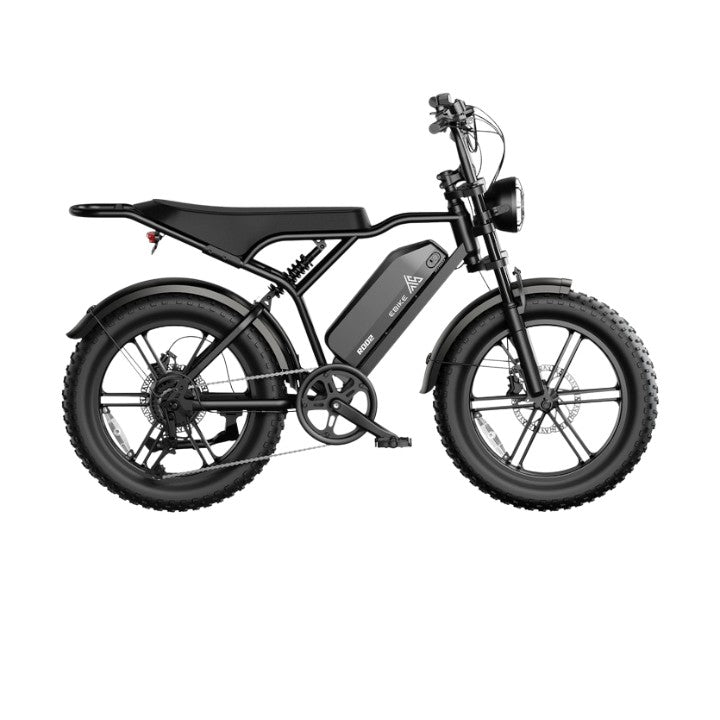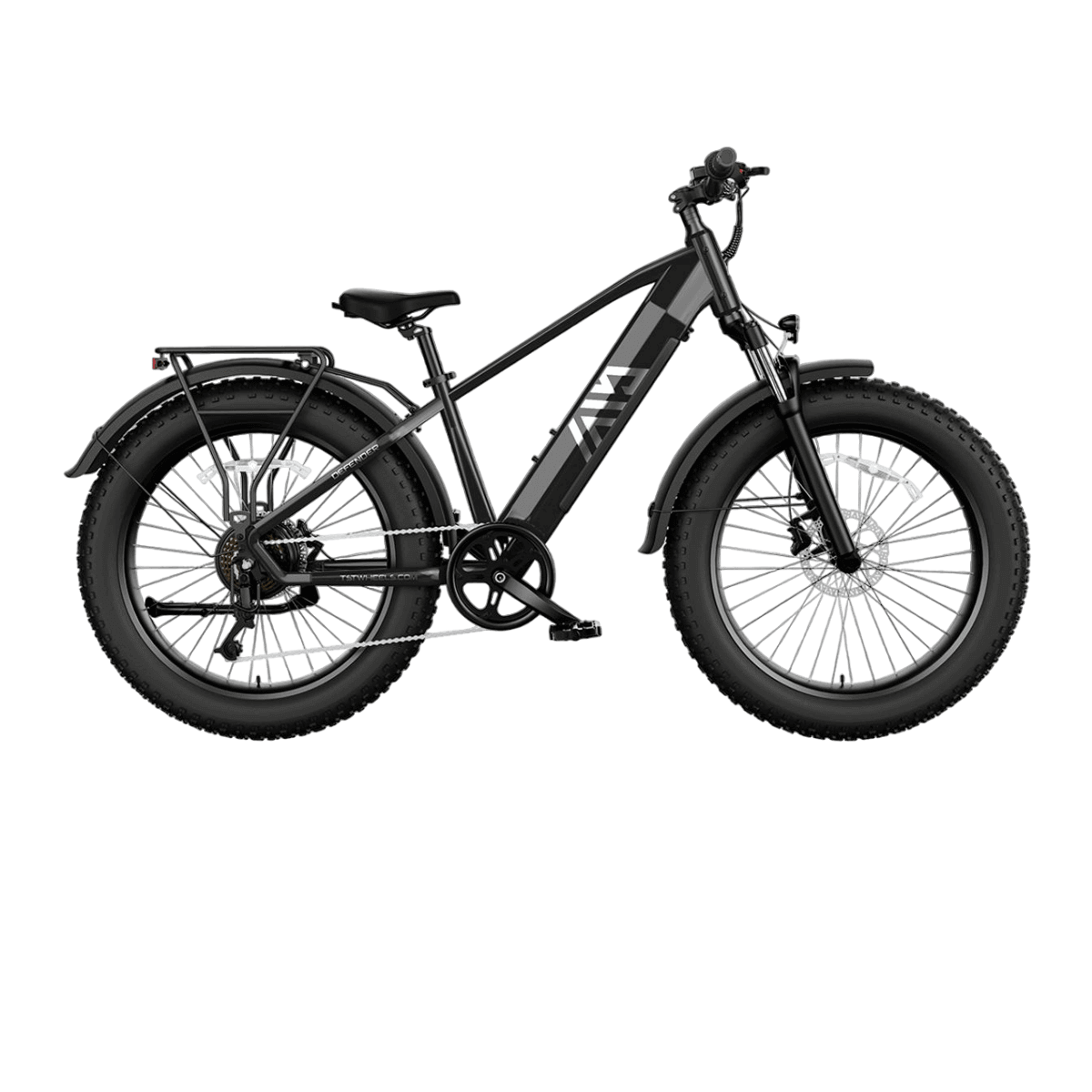Carrying an electric folding bike properly ensures safe, comfortable transport while protecting the bike from damage. Folding e-bikes like TST EBike’s models combine compactness with motorized power, but their weight and bulk require correct folding, lifting, and carrying techniques. Mastering these methods makes commuting, traveling, and storage hassle-free and enjoyable.
How Does an Electric Folding Bike Work and Fold?
Electric folding bikes integrate a compact frame with an electric motor and battery, allowing riders to fold the bike into a smaller size for easy transport and storage. Folding mechanisms vary but typically involve releasing latches on the frame and handlebars, then collapsing the bike into a compact shape. The TST Defender 26 and Dreamer 27 models fold securely, balancing portability with durability for rough terrains or urban commuting.
What Are the Key Features and Weight Considerations of Folding E-Bikes?
Folding e-bikes include components like folding pedals, adjustable handlebars, and removable batteries. Their weight ranges from moderate to heavy due to motors and batteries, often between 40 to 60 pounds. Understanding your bike’s weight distribution helps plan safe lifting. Removing the battery before carrying reduces weight and prevents damage, enhancing portability.
Chart title: Folding E-Bike Features and Weight Overview
| Feature | Defender 26-inch Model | Dreamer 27-inch Model |
|---|---|---|
| Folded Size | Compact, secure fold | Compact, secure fold |
| Weight (approx.) | 50-55 lbs | 45-50 lbs |
| Folding Pedals | Yes | Yes |
| Removable Battery | Yes | Yes |
How Should You Prepare Your Electric Folding Bike for Carrying?
Preparation involves folding the bike fully and locking all latches to prevent accidental unfolding. Remove the battery to lighten the load and protect it from shocks. Check that cables and components are secure. Familiarize yourself with the bike’s balance points to carry it comfortably. Using protective covers or bags can prevent scratches and ease handling.
What Are the Best Techniques for Carrying an Electric Folding Bike?
The best techniques for carrying an electric folding bike include folding it completely to reduce size, using the built-in handle or frame grips designed for carrying, and balancing the bike’s weight close to your body to avoid strain. Wearing a comfortable backpack-style strap or using a dedicated bike carrying bag can improve mobility. Always lift with your legs and keep the bike steady to prevent damage and ensure safety during transport.
Two main carrying methods exist:
- One-Handed Carry: Hold the bike’s midpoint frame with one hand, nestling it close to your body for balance. Ideal for short distances or lighter bikes.
- Two-Handed Carry: Grip the saddle with one hand and the rear frame tube with the other, distributing weight evenly. This method offers more control and comfort, especially for heavier models like the TST Defender 26.
Always lift using your legs, not your back, to avoid injury. Keep the bike close to your torso and maintain good posture.
How Can Accessories Improve Carrying Your Folding E-Bike?
Accessories such as carrying bags, shoulder straps, and handlebar grips enhance portability. Carrying bags are padded and shaped to fit folding bikes, allowing comfortable shoulder or back carrying while protecting the frame. Adjustable shoulder straps enable hands-free transport. Handlebar grips provide secure handholds, improving control and reducing fatigue during longer carries.
Where and How Can You Transport Your Folding E-Bike?
Folding e-bikes fit conveniently in car trunks or backseats, making them ideal for multi-modal travel. Many public transport systems allow folded e-bikes onboard, facilitating seamless commuting. For longer trips, bike racks designed for folding bikes provide secure external transport. When navigating stairs or elevators, fold and carry the bike carefully using proper lifting techniques to avoid injury and damage.
Chart title: Transport Options for Folding E-Bikes
| Transport Mode | Suitability for Folding E-Bikes |
|---|---|
| Car Trunk/Backseat | Excellent; compact fit |
| Public Transit | Allowed on most buses and trains |
| Bike Racks | Available for folding bike models |
| Walking/Stairs | Requires proper carrying technique |
Buying Tips
When purchasing a folding e-bike or accessories, consider:
- Model suitability: TST Defender 26 for rugged terrain; Dreamer 27 for urban commuting.
- Weight and fold size for your carrying needs.
- Availability of removable batteries to reduce carrying weight.
- Accessories like carrying bags or shoulder straps for comfort and protection.
- Quality control and warranty services from trusted brands like TST EBike.
These tips help ensure your folding e-bike fits your lifestyle and transport needs.
Understanding Your Electric Folding Bike
Electric folding bikes combine the convenience of compact storage with motorized assistance. They are designed to be folded for easy transport and storage, making them ideal for urban commuting and limited space environments. However, their weight, often due to the battery and motor, can make carrying them a challenge.
Parts and Features
How It Folds
Weight and Size
Battery Thoughts
Taking Out the Battery
Keeping Batteries Safe
Preparing to Carry an Electric Folding Bike
Before lifting, ensure the bike is securely folded to prevent accidental unfolding. Remove the battery to reduce weight and avoid potential damage. Familiarize yourself with the bike's weight distribution to plan the best lifting approach.
Folding the Bike
Step-by-Step Folding Instructions
Securing the Folded Bike
Choosing the Right Carrying Method
Manual Carrying Techniques
Using a Carrying Bag or Case
Techniques to Carry an Electric Folding Bike
Use proper lifting techniques: bend your knees, keep your back straight, and lift with your legs. Hold the bike close to your body for better balance. Some models feature built-in handles or straps to aid in carrying. Alternatively, if the bike has wheels accessible when folded, consider rolling it instead of carrying.
Lifting and Handling
Proper Lifting Techniques
Avoiding Injury
Transporting in Vehicles
Car Trunk or Backseat
Public Transportation Considerations
Tips for Safe and Efficient Carrying
Plan your route to minimize carrying distance. Use protective gloves to improve grip and protect your hands. If the bike feels too heavy, seek assistance or use tools like ramps or carts. Regularly maintain folding mechanisms to ensure smooth operation and safety.
Planning Your Route
Navigating Stairs and Elevators
Avoiding Crowded Areas
Maintenance and Care
Regular Checks and Adjustments
Cleaning and Storage Tips
Final Thought














Leave a comment
All comments are moderated before being published.
This site is protected by hCaptcha and the hCaptcha Privacy Policy and Terms of Service apply.